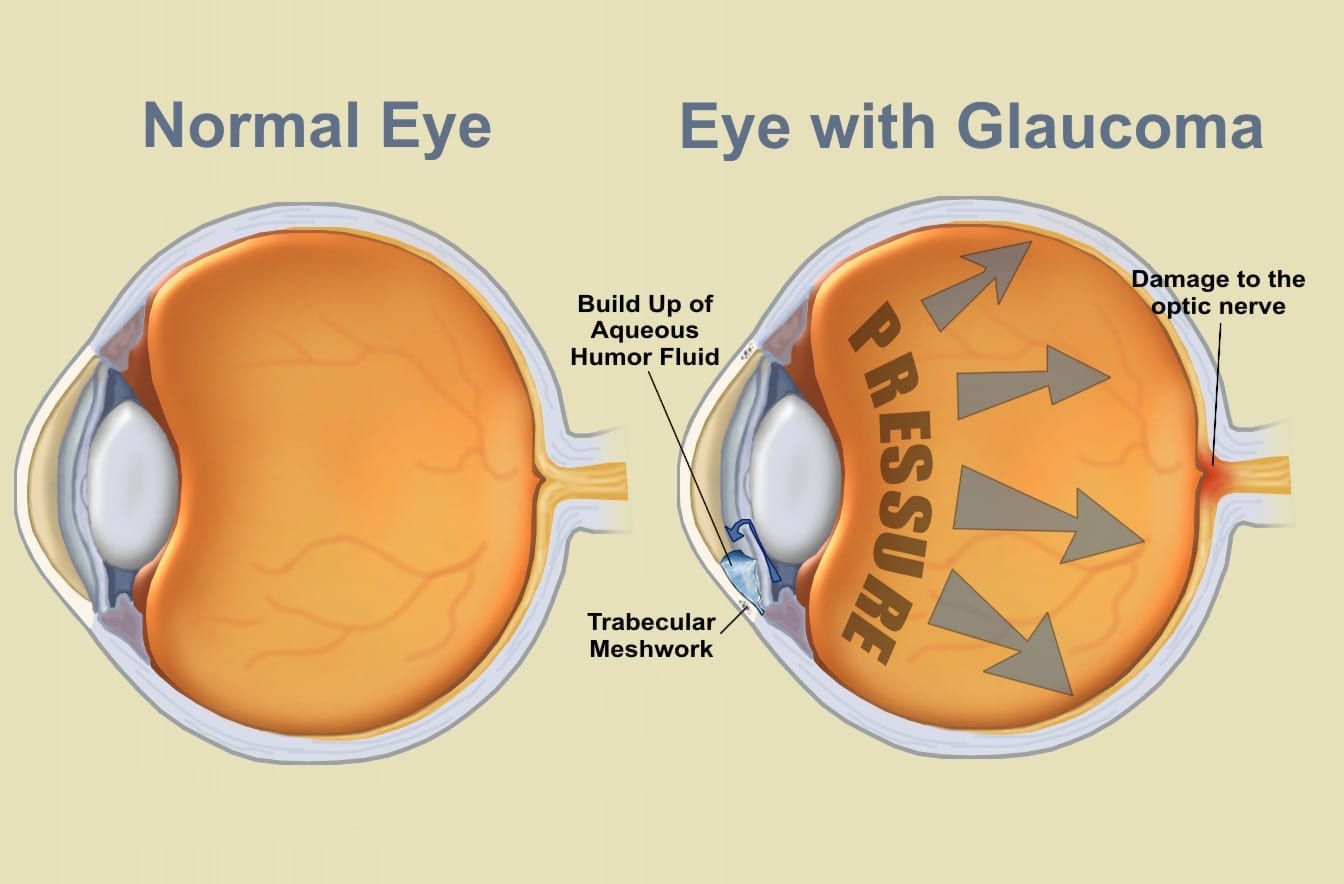
A schematic of the CellScope Loa device, a mobile phone-based video microscope. The device includes a 3D-printed case housing simple optics, circuitry and controllers to help process the sample of blood. CellScope Loa can quantify levels of the Loa loa parasitic worm directly from whole blood in less than 3 minutes. (Image by Mike D’Ambrosio and Matt Bakalar, Fletcher Lab, UC Berkeley)
A research team led by UC Berkeley engineers has developed a new smartphone microscope that uses video to automatically detect and quantify infection by parasitic worms in a drop of blood. This next generation of UC Berkeley’s CellScope technology could help revive efforts to eradicate debilitating filarial diseases in Africa by providing critical information to health providers in the field.
“We previously showed that mobile phones can be used for microscopy, but this is the first device that combines the imaging technology with hardware and software automation to create a complete diagnostic solution,” said Daniel Fletcher, an associate chair and professor of bioengineering, whose UC Berkeley lab pioneered the CellScope. “The video CellScope provides accurate, fast results that enable health workers to make potentially life-saving treatment decisions in the field.”
The UC Berkeley engineers teamed up with Dr. Thomas Nutman from the National Institute of Allergy and Infectious Diseases (NIAID), and collaborators from Cameroon and France to develop the device. They conducted a pilot study in Cameroon, where health officials have been battling the parasitic worm diseases onchocerciasis (river blindness) and lymphatic filariasis.
The video CellScope, which uses motion instead of molecular markers or fluorescent stains to detect the movement of worms, was as accurate as conventional screening methods, the researchers found. The results of the pilot study are reported today (Wednesday, May 6) in the journal Science Translational Medicine.
“This research is addressing neglected tropical diseases,” said Fletcher. “It demonstrates what technology can do to help fill a void for populations that are suffering from terrible, but treatable, diseases.”
Battling parasitic worms
River blindness is transmitted through the bite of blackflies and is the second-leading cause of infectious blindness worldwide. Lymphatic filariasis, spread by mosquitoes, leads to elephantiasis, a condition marked by painful, disfiguring swelling. It is the second-leading cause of disability worldwide and, like river blindness, is highly endemic in certain regions in Africa.
The antiparasitic drug ivermectin, or IVM, can be used to treat these diseases, but mass public health campaigns to administer the medication have been stalled because of potentially fatal side effects for patients co-infected with Loa loa, which causes loiasis, or African eye worm. When there are high circulating levels of microscopic Loa loaworms in a patient, treatment with IVM can potentially lead to severe or fatal brain or other neurologic damage.
The standard method of screening for levels of Loa loa involves trained technicians manually counting the worms in a blood smear using conventional laboratory microscopes, making the process impractical for use in field settings and in mass campaigns to administer IVM.
The serious side effects of Loa loa and the difficulty of rapidly quantifying Loa levels in patients before treatment make it too risky to broadly administer IVM, representing a major setback in the efforts to eradicate river blindness and elephantiasis.
Next generation CellScope uses video, automation
For this latest generation of the mobile phone microscope, named CellScope Loa, the researchers paired a smartphone with a 3D-printed plastic base where the sample of blood is positioned. The base included LED lights, microcontrollers, gears, circuitry and a USB port.
Control of the device is automated through an app the researchers developed for this purpose. With a single touch of the screen by the healthcare worker, the phone communicates wirelessly via Bluetooth to controllers in the base to process and analyze the sample of blood. Gears move the sample in front of the camera, and an algorithm automatically analyzes the telltale “wriggling” motion of the worms in video captured by the phone. The worm count is then displayed on the screen.
Fletcher said previous field tests revealed that automation helped reduce the rate of human error. The procedure takes about two minutes or less, starting from the time the sample is inserted to the display of the results. Pricking a finger and loading the blood onto the capillary adds another minute to the time.
The short processing time allows health workers to quickly determine on site whether it is safe to administer IVM.
Read more: Smartphone video microscope automates detection of parasites in blood
The Latest on: Smartphone microscope
[google_news title=”” keyword=”Smartphone microscope” num_posts=”10″ blurb_length=”0″ show_thumb=”left”]
via Google News
The Latest on: Smartphone microscope
- Tennis star Garbine Muguruza’s red carpet weight question highlights Spain’s sexism problemon April 26, 2024 at 4:03 am
Comment: The former world No 1 retired last week, but was subjected to questions about her weight at the Laureus Awards in Madrid, Molly McElwee examines Spain’s ongoing issue surrounding sexism in sp ...
- Science and the Subconscious Percolate in Maysha Mohamedi’s Abstractionson April 24, 2024 at 10:15 am
Pace Gallery is presenting new work by the artist during Berlin Gallery Weekend.
- Kaleido 3 display laid bare for the first timeon April 23, 2024 at 9:06 pm
The E Ink Kaleido 3 display looks great as an e-paper display. When looked closely, they look very similar to print on paper, which is the reason they are considered the next best thing to paper in ...
- Best Gifts for Kids of 2024on April 23, 2024 at 1:36 pm
The best gifts for kids provide the perfect balance of play and education. We spoke with experts and vetted the best gifts to make the whole family happy.
- SkyWater Technology Is Lowering Barriers To Advanced Chip Packagingon April 23, 2024 at 3:00 am
SkyWater has partnered with Deca Technologies to develop a multi chip packaging capability that will lower the entry barriers to advanced packaging.
- Viewing a color E-ink display under a 230x digital microscopeon April 22, 2024 at 9:14 am
Nelson recently got his hands on a Note Air 3 from Boox, which uses the same E-Ink Kaleido 3 display technology that was found in Kobo's ...
- Huawei Pura 70 Ultra: This flagship smartphone has a retractable camera lenson April 19, 2024 at 7:34 pm
The Huawei Pura 70 series has launched in China and this is their new successor to the long-3-running P-series. Their latest top-of-the-line flagship is the Huawei Pura 70 Ultra which succeeds last ...
- What Is Macro Photography?on April 19, 2024 at 4:00 am
Macro photography involves extreme close-up photography of small subjects for detailed shots. DSLRs and mirrorless cameras need macro lenses, while smartphones offer macro camera modes or clip-on ...
- Hybrid camera system gives your smartphone "super-telephoto" zoomon April 18, 2024 at 5:43 am
Tech company Beaverlab has launched a Kickstarter to raise funds for a smart super-telephoto camera called the Excope DT1 that can be had with a 400-mm zoom lens, and works with a smartphone to ...
- Jobs market strength to go under the microscopeon April 17, 2024 at 10:36 am
After a surprisingly strong set of monthly jobs data, analysts will be watching the latest figures for confirmation of a trend.
via Bing News







